Section 1202 Exit Planning: Stacking, Packing, and MSO Strategies Every Owner Should Know
Learn how Section 1202 stacking and packing strategies may help MSO owners maximize potential QSBS exclusions at exit. Explore techniques, risks, and compliance requirements for more tax-efficient planning.
Introduction: Why Advanced Planning Matters
For many Management Services Organization (MSO) owners, selling the business is the most significant financial milestone of their careers. While Section 1202 (Qualified Small Business Stock, or QSBS) offers the opportunity to exclude substantial capital gains on the sale of C corporation stock, advanced planning is often required to maximize the benefit — and careful execution is critical.
Two common planning techniques are known as stacking and packing. These may allow owners to expand the potential exclusion, but they carry significant complexity, risks, and documentation requirements.
What Is Section 1202 (QSBS)? — A Refresher
Section 1202 provides a federal tax exclusion for non-corporate shareholders who meet strict requirements:
– Stock must be acquired at original issuance from a C corporation.
– Gross assets must not exceed $50M (or $75M for stock issued after 2025).
– At least 80% of assets must be used in active qualified business activities.
– The shareholder must hold the stock for at least five years.
For MSOs, qualification depends on the MSO entity itself, not the operating company it manages.
The Concept of Stacking
What Is Stacking?
Stacking refers to distributing ownership of QSBS stock among multiple taxpayers (founder, spouse, children, nongrantor trusts), so each owner may have their own exclusion cap.
– Cap per taxpayer (post-2025): $15M or 10× basis.
– Multiple owners = multiple caps.
Illustrative Example:
– Founder: $2M basis → $35M potential exclusion.
– Spouse: $2M basis → $35M potential exclusion.
– Trust #1: $1M basis → $25M potential exclusion.
– Trust #2: $1M basis → $25M potential exclusion.
– Combined exclusions = $120M (illustrative only; actual outcomes vary).
Risks:
– Gift Tax Exposure: Trust transfers may trigger gift tax without proper structuring.
– Eligibility Risks: Poorly documented transfers can destroy QSBS status.
– IRS Scrutiny: The IRS may apply the step-transaction doctrine if transfers appear contrived or too closely timed.
The Concept of Packing
What Is Packing?
Packing increases the shareholder’s tax basis at original issuance so the 10× basis cap is higher.
– Example: Contributing $5M of appraised property at issuance increases basis.
– Result: Cap = 10× $5M = $50M, compared to $15M standard cap.
Best Practices:
– Contributions must occur at original issuance.
– Independent valuations are strongly recommended.
– Services do not create basis under Section 1202.
Risks:
– Inflated valuations may be challenged.
– Unsupported basis increases will likely fail under audit.
– Some states do not follow federal QSBS rules.
Stacking + Packing Together
Packing increases each taxpayer’s cap, while stacking multiplies the number of taxpayers. Combined, the strategies may significantly expand the potential exclusion, but only if carefully designed, documented, and defended.
Illustrative Scenario: Combining Stacking + Packing
A founder contributes $2M in cash + $3M in appraised property at issuance (total $5M basis). Stock is allocated among founder, spouse, and two trusts.
– Per taxpayer cap = greater of $15M or 10× $5M = $50M.
– Four taxpayers = potential exclusions of $200M.
Important: This example is illustrative only. Actual outcomes depend on facts, valuations, and state conformity.
Compliance Checklist for MSO Owners
– Maintain contemporaneous issuance records.
– Obtain independent appraisals for property contributions.
– Document trust instruments and transfers.
– Build a QSBS compliance file for audit defense.
– Coordinate with legal and tax counsel on estate/gift planning impacts.
FAQs: Stacking, Packing, and Section 1202
Q1: Can spouses both claim Section 1202 exclusions?
Yes, if both acquired stock at original issuance.
Q2: Can trusts qualify separately?
Yes, but only if properly structured. Nongrantor trusts can have their own cap.
Q3: Can services be used for packing?
No. Services generally do not create QSBS basis.
Q4: How aggressive can stacking be?
IRS may challenge overly aggressive strategies under step-transaction rules.
Q5: Do states follow Section 1202 rules?
Not always. States such as California and Pennsylvania do not conform.
Q6: Should this be done without advisors?
No. Both stacking and packing require coordinated legal and tax planning.
Conclusion: Strategy Requires Substance
For MSO owners, Section 1202 can be a powerful tool in exit planning. Stacking and packing may multiply and expand benefits — but these strategies demand careful structuring, strong documentation, and coordination with advisors.
At Guardian Tax Consultants, we help owners evaluate feasibility, coordinate with CPAs and attorneys, and implement strategies with audit defensibility in mind.
External Reference: IRS Section 1202 overview




